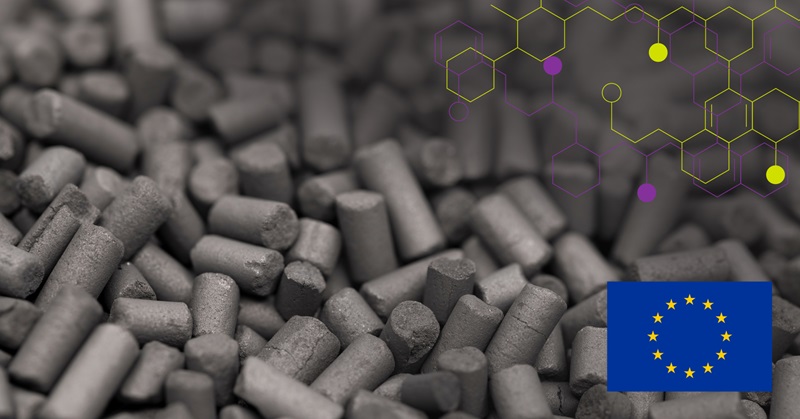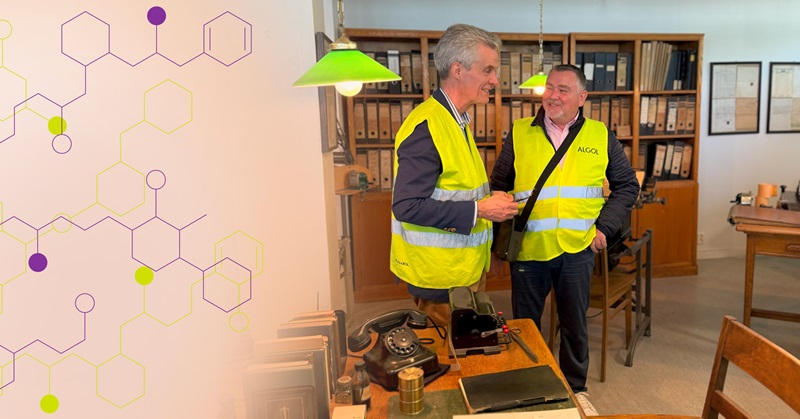Implementing the revised EU Urban Wastewater Directive: The role of activated carbon in micropollutant removal
Urban wastewater is a major source of pollution unless properly collected and treated. It often carries bacteria, viruses, excess nutrients, and harmful chemicals - including tiny but dangerous micropollutants. When discharged untreated, this mix threatens our health and damages rivers, lakes and coastal waters.
To tackle these challenges, the EU has revised its Urban Wastewater Treatment Directive, which first came into force in 1991. The revised directive entered into force on 1 January 2025, with an implementation period extending up to 2045 for full compliance, depending on plant size and the type of treatment required.
Key changes in the directive
- Broader coverage: All towns and cities above 1,000 population equivalents must now treat their wastewater.
- Stricter standards: By 2039, large plants must remove nutrients like nitrogen and phosphorus. By 2045, many will also need to eliminate micropollutants.
- Polluter pays: Producers of pharmaceuticals and cosmetics must cover most of the extra costs (at least 80%) for advanced treatment.
- Energy targets: By 2045, treatment plants should be energy-neutral.
What is quaternary treatment?
Beyond the usual primary (solids), secondary (organic matter) and tertiary (nutrients) steps, quaternary treatment targets micropollutants. These substances can harm ecosystems even at very low concentrations.
Activated carbon’s role
Algol Chemicals' activated carbon portfolio
Algol Chemicals supports these environmental applications by offering a specialised portfolio of activated carbon products tailored for various industrial needs.
Our portfolio focuses on three critical areas of environmental purification: water treatment, flue gas treatment, and biogas and gas treatment. The selection of the right activated carbon is crucial, as the contaminant size, chemical nature and flow conditions determine the optimal material source. Our products are based on coal, wood, coconut or stone coal, allowing flexible application depending on the target contaminants and treatment requirements.



Sources
European Commission – Urban Wastewater Directive
Main reference for the revised Urban Wastewater Treatment Directive, key dates, and requirements
Directive (EU) 2024/3019 of the European Parliament and of the Council of 27 November 2024 on urban waste water treatment
EUR-Lex – Official Journal of the European Union
Legal text outlining obligations, timelines, and implementation details — including the 2025 entry into force, 2039 nutrient removal target, and 2045 micropollutant removal and energy neutrality
European Environment Agency (EEA) – Urban Wastewater Treatment in Europe
Background on wastewater treatment performance and environmental impacts
International Water Association (IWA) – Micropollutants in Wastewater
Technical resources on micropollutant challenges and treatment technologies, including activated carbon and ozonation
More information
Ida Valkeala, HSEQ Manager, p. +358 44 974 4780


